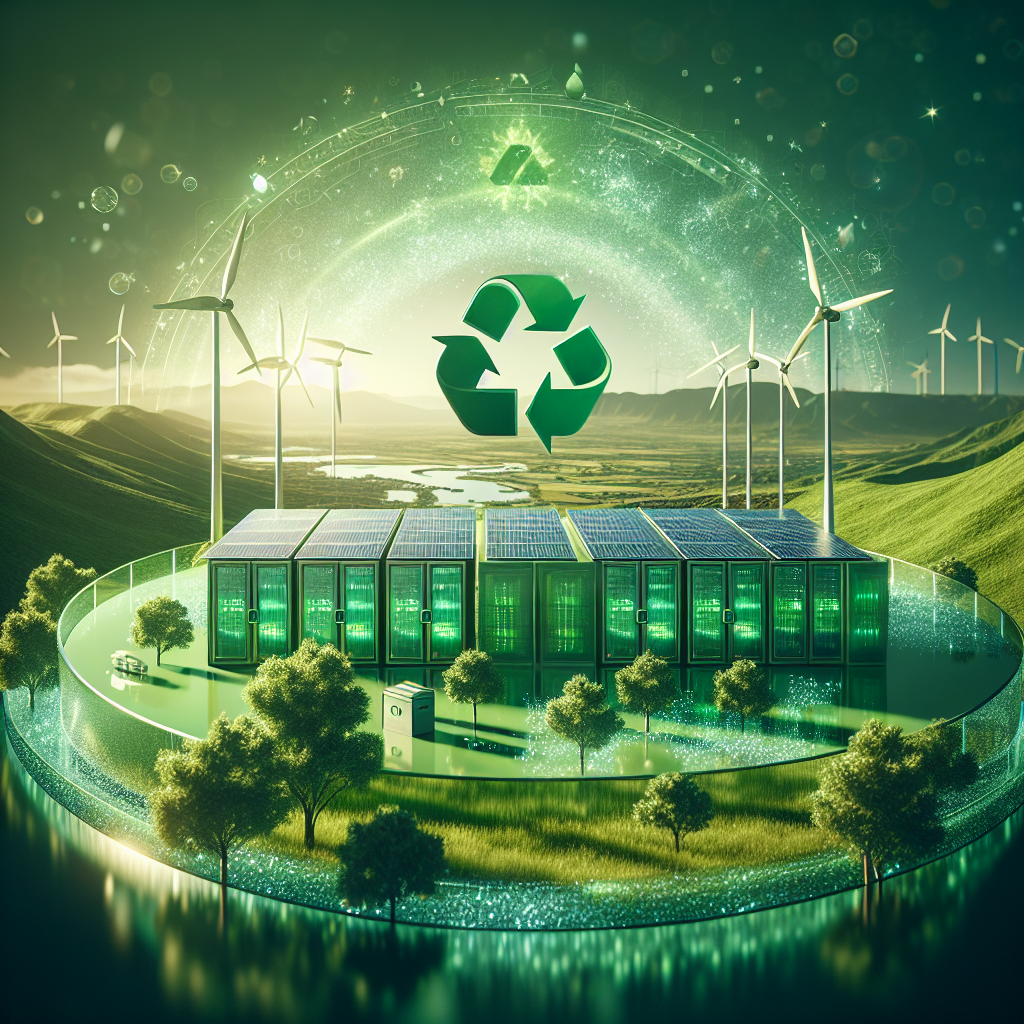Your cart is currently empty!
How Data Centers are Leading the Way in Environmental Sustainability

In today’s digital age, data centers are playing a crucial role in our society. These facilities house the servers and equipment that store and process the vast amounts of data generated by our online activities. With the increasing demand for data storage and processing capabilities, data centers have become an integral part of our modern infrastructure. However, the energy consumption and environmental impact of data centers have raised concerns about their sustainability.
Data centers are known to be energy-intensive facilities, as they require a significant amount of power to operate and cool the servers. According to a report by the U.S. Department of Energy, data centers in the United States consumed about 70 billion kilowatt-hours of electricity in 2014, accounting for about 2% of the country’s total energy consumption. This energy consumption not only contributes to greenhouse gas emissions, but also adds to the strain on the power grid.
In response to these concerns, data centers are increasingly focusing on environmental sustainability initiatives to reduce their energy consumption and carbon footprint. Many data center operators are investing in energy-efficient technologies, such as server virtualization, power management software, and liquid cooling systems, to improve the efficiency of their operations. These technologies help to reduce the amount of energy needed to power and cool the servers, thus lowering the overall energy consumption of the data center.
In addition to improving energy efficiency, data centers are also exploring renewable energy sources to power their operations. Many data centers are investing in solar panels, wind turbines, and other renewable energy technologies to generate clean energy on-site. By harnessing renewable energy sources, data centers can reduce their dependence on fossil fuels and decrease their carbon emissions.
Furthermore, data centers are adopting green building practices to minimize their environmental impact. Many data centers are designed and constructed with energy-efficient materials and systems, such as energy-efficient lighting, insulation, and cooling systems. Additionally, data centers are implementing water conservation measures, such as rainwater harvesting and water recycling, to reduce their water usage and environmental footprint.
Overall, data centers are leading the way in environmental sustainability by implementing energy-efficient technologies, adopting renewable energy sources, and incorporating green building practices into their operations. By reducing their energy consumption and carbon emissions, data centers are not only minimizing their environmental impact, but also setting an example for other industries to follow. As the demand for data storage and processing continues to grow, it is essential for data centers to prioritize sustainability and environmental responsibility in their operations.

Leave a Reply